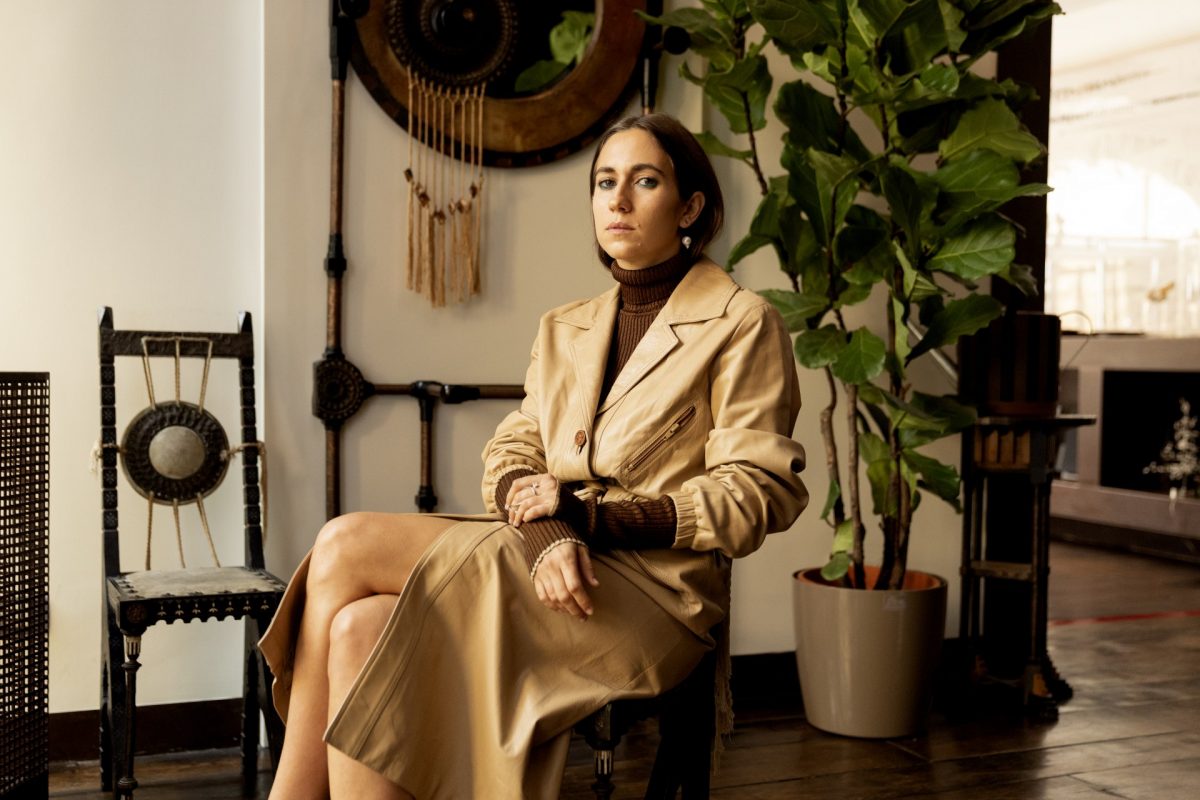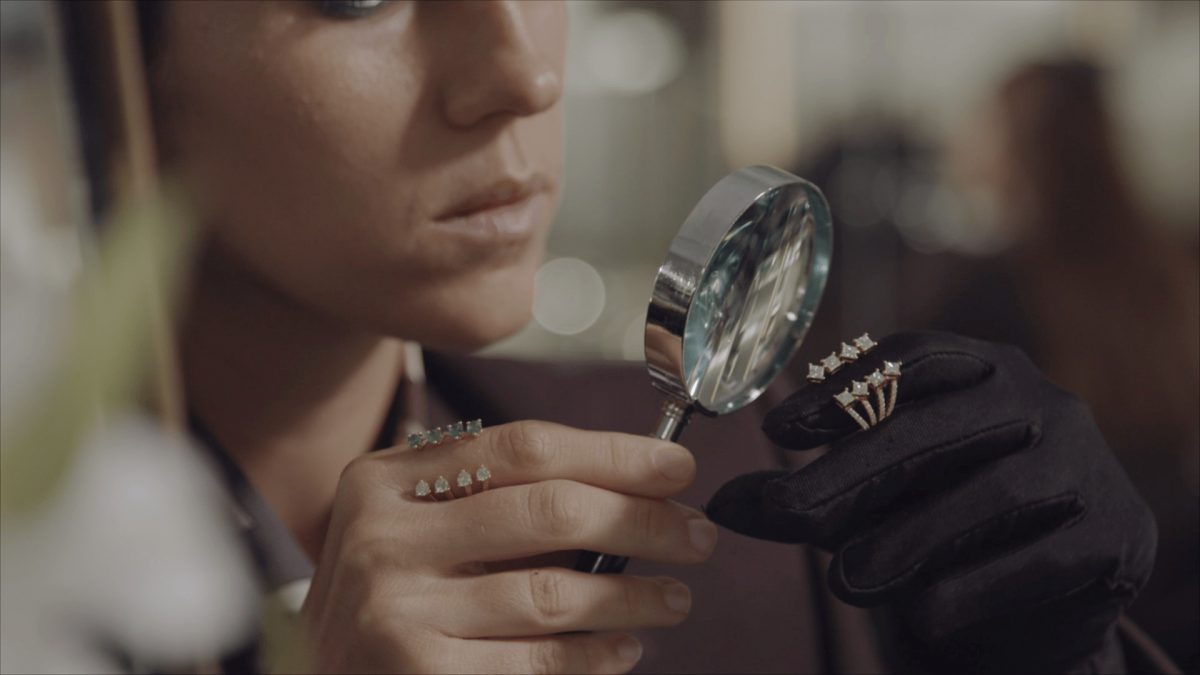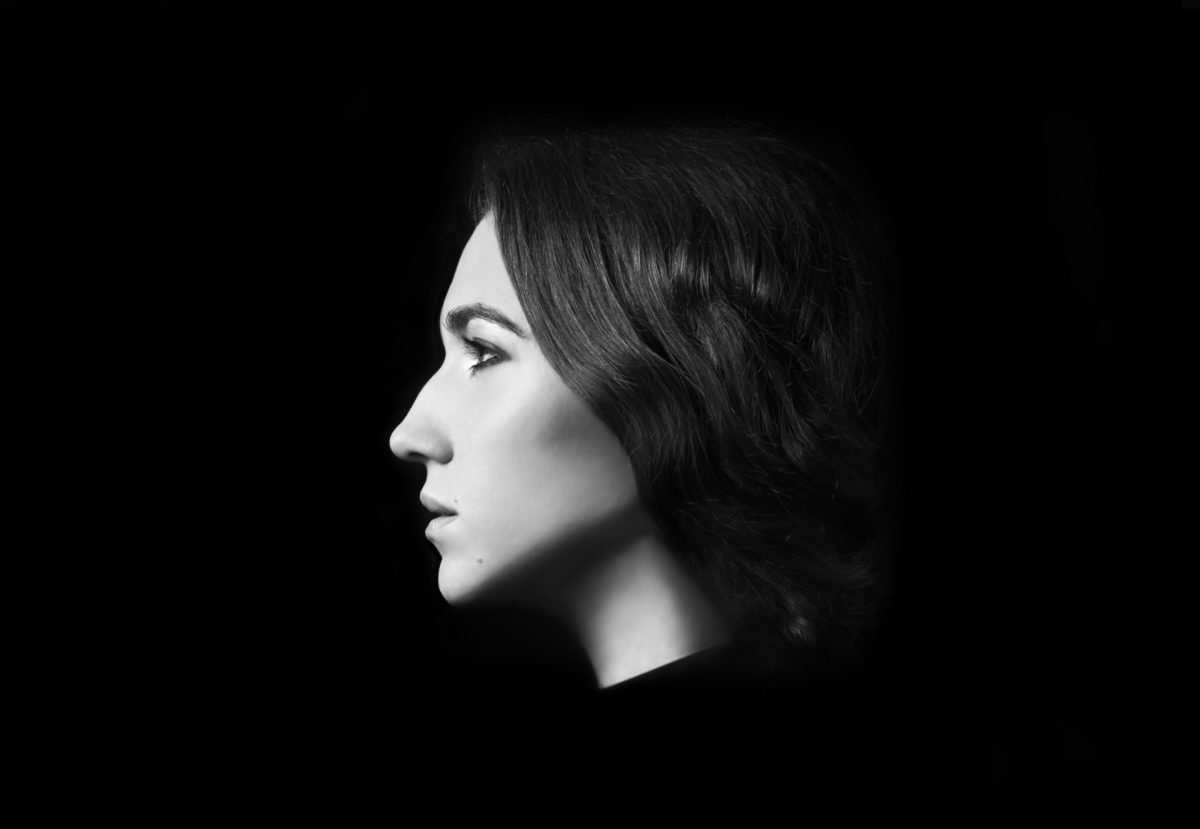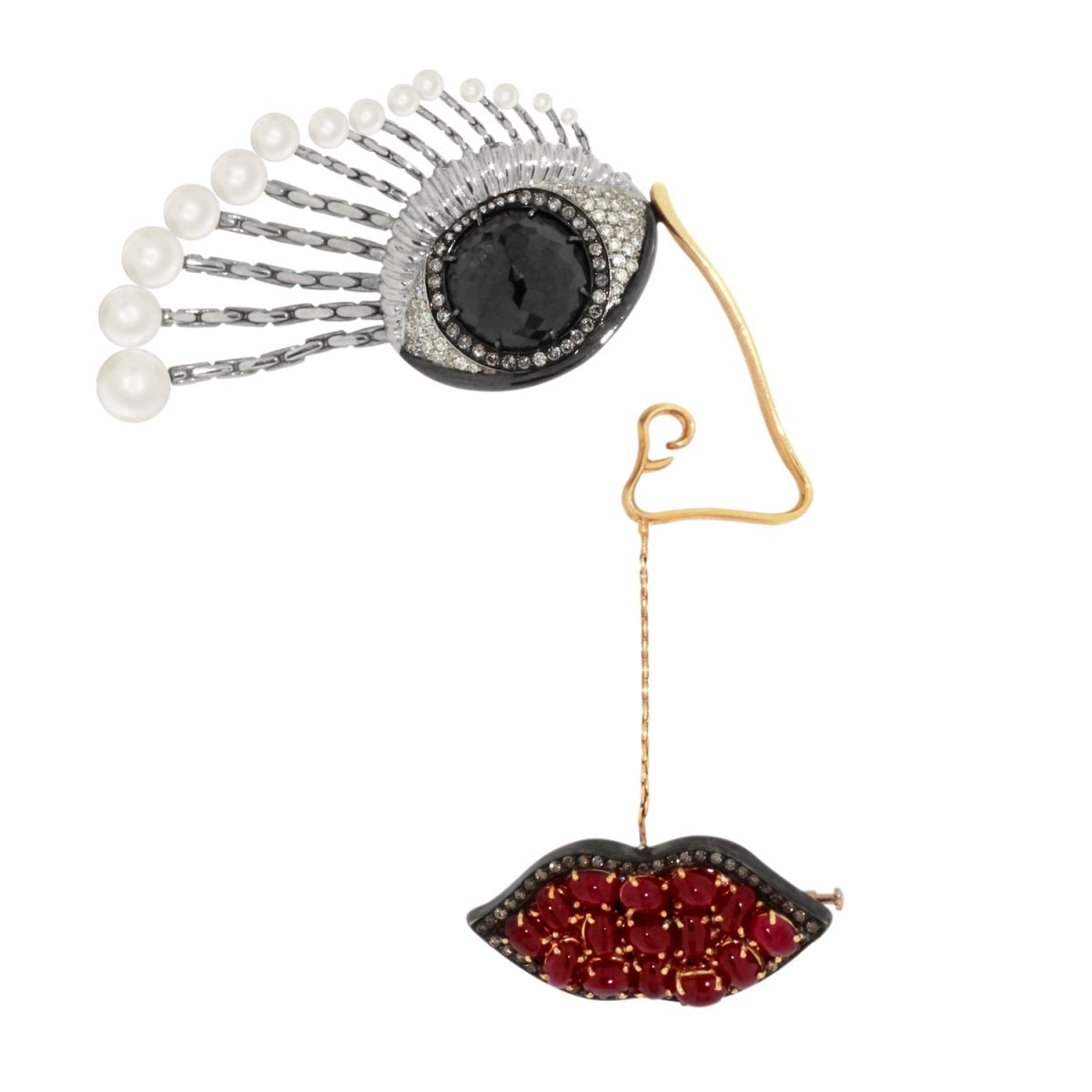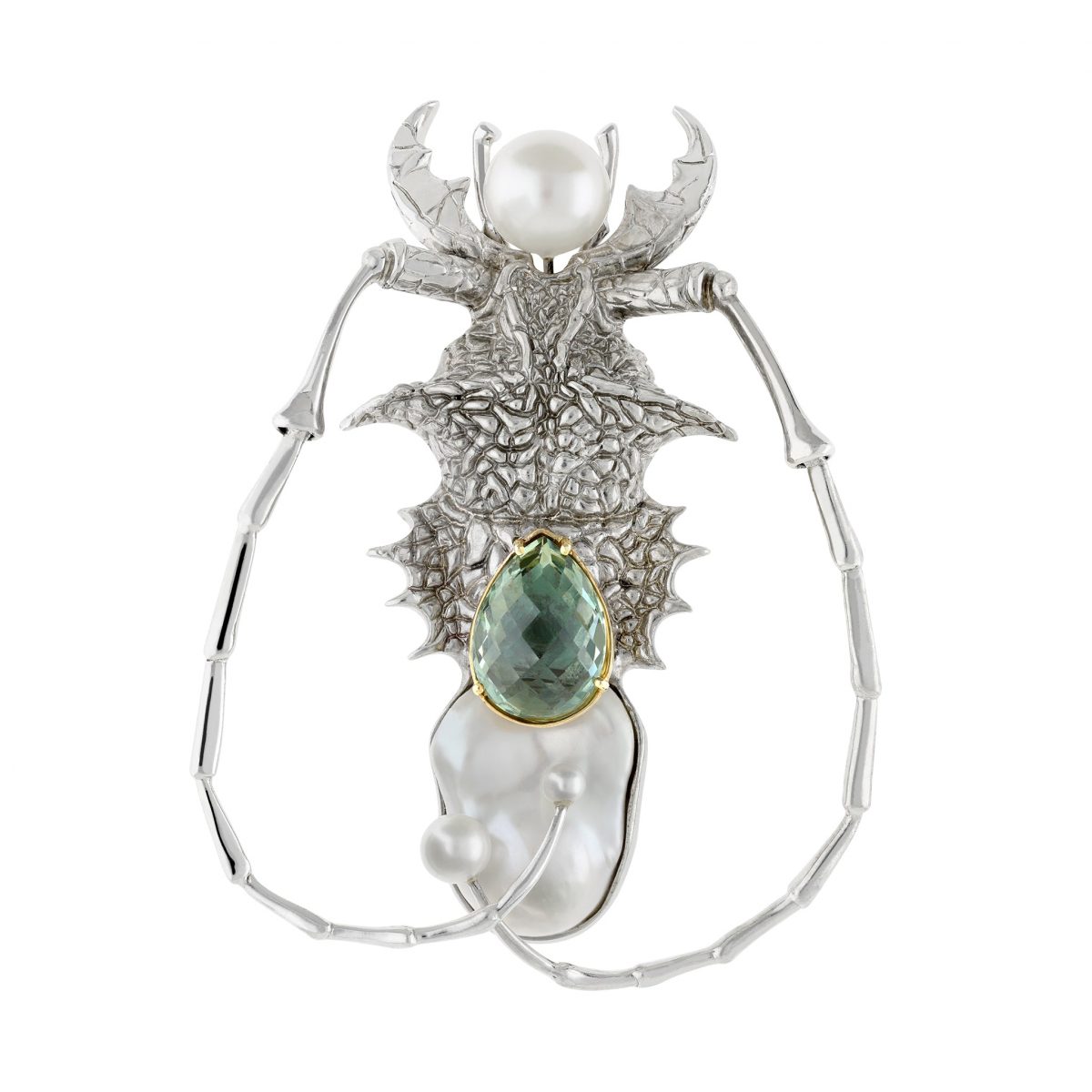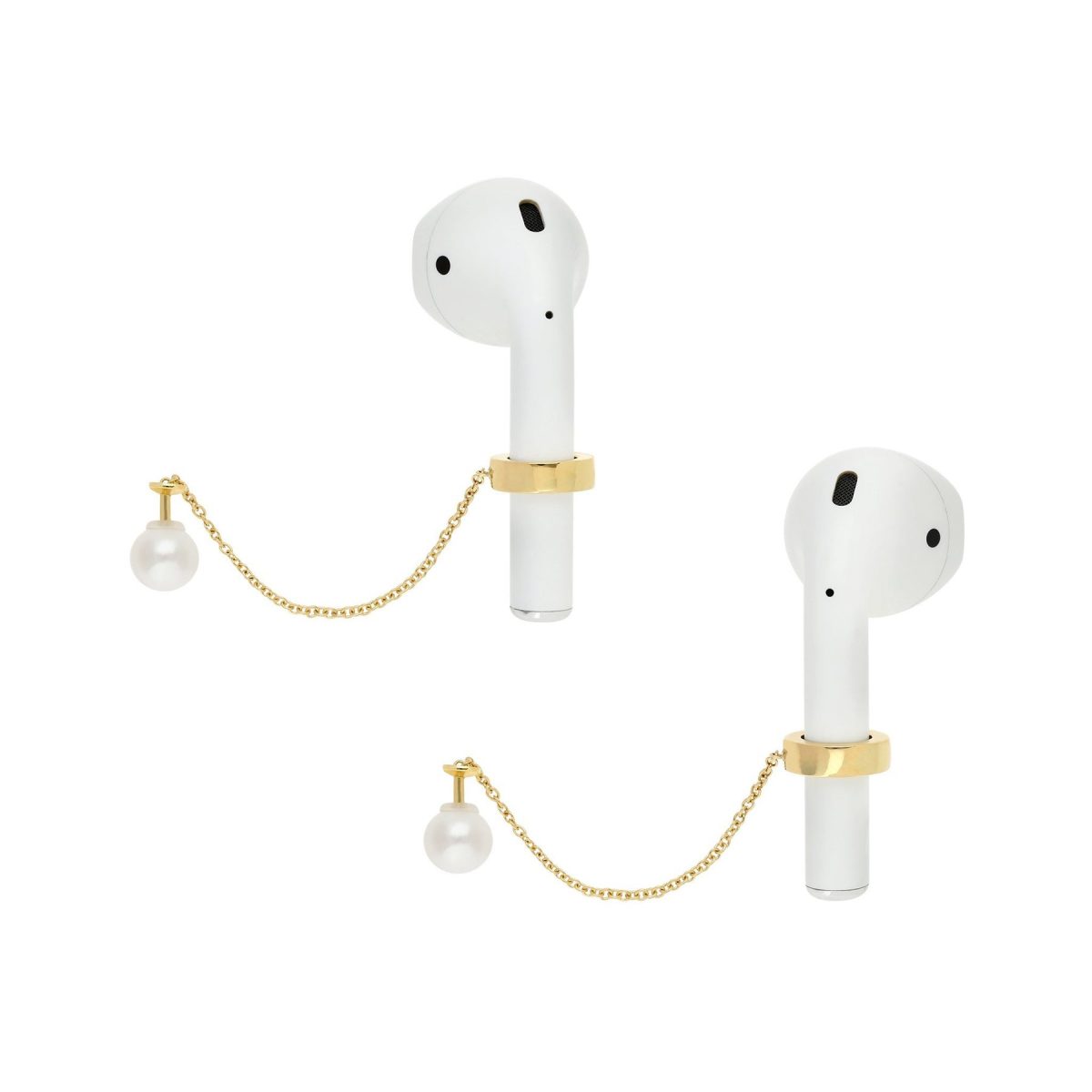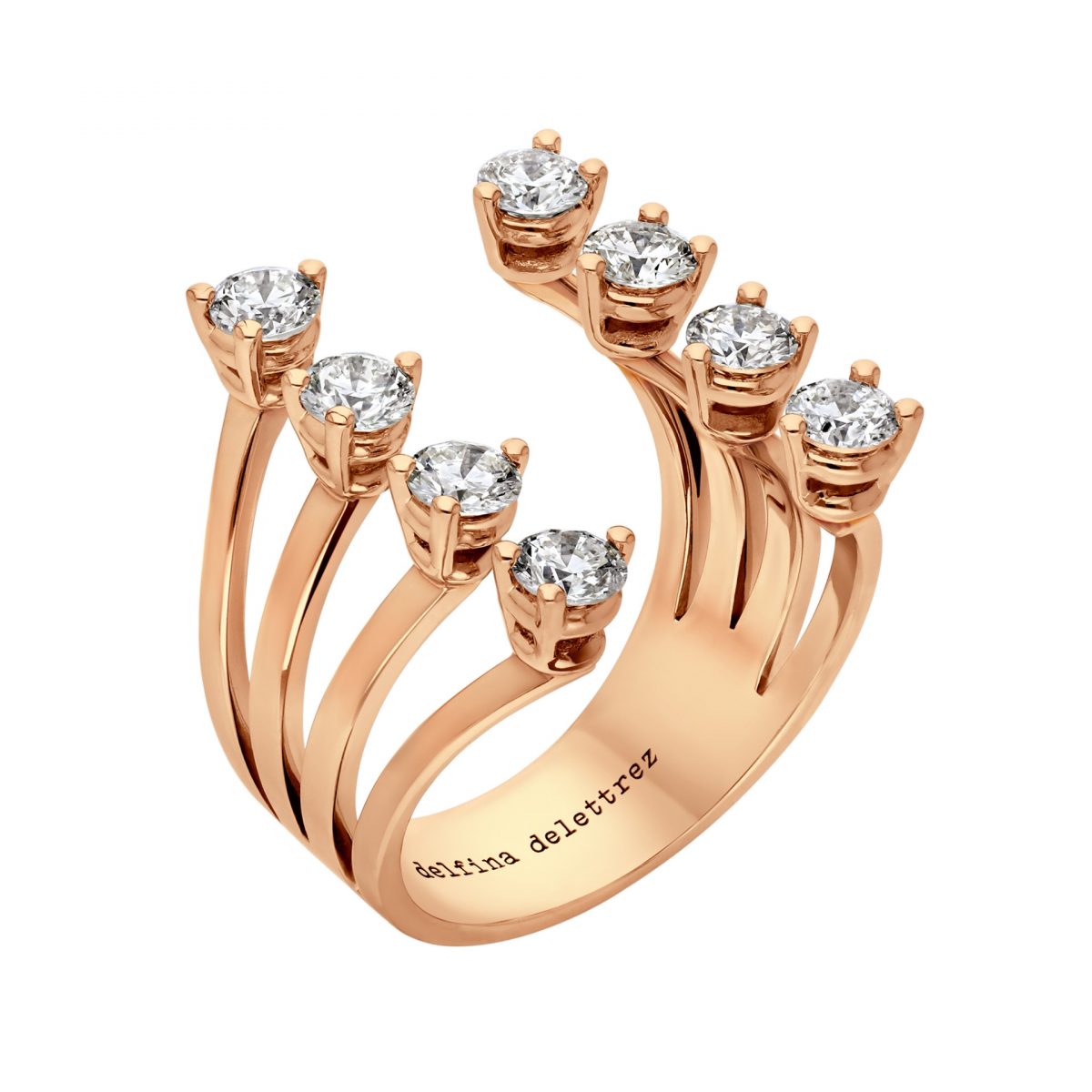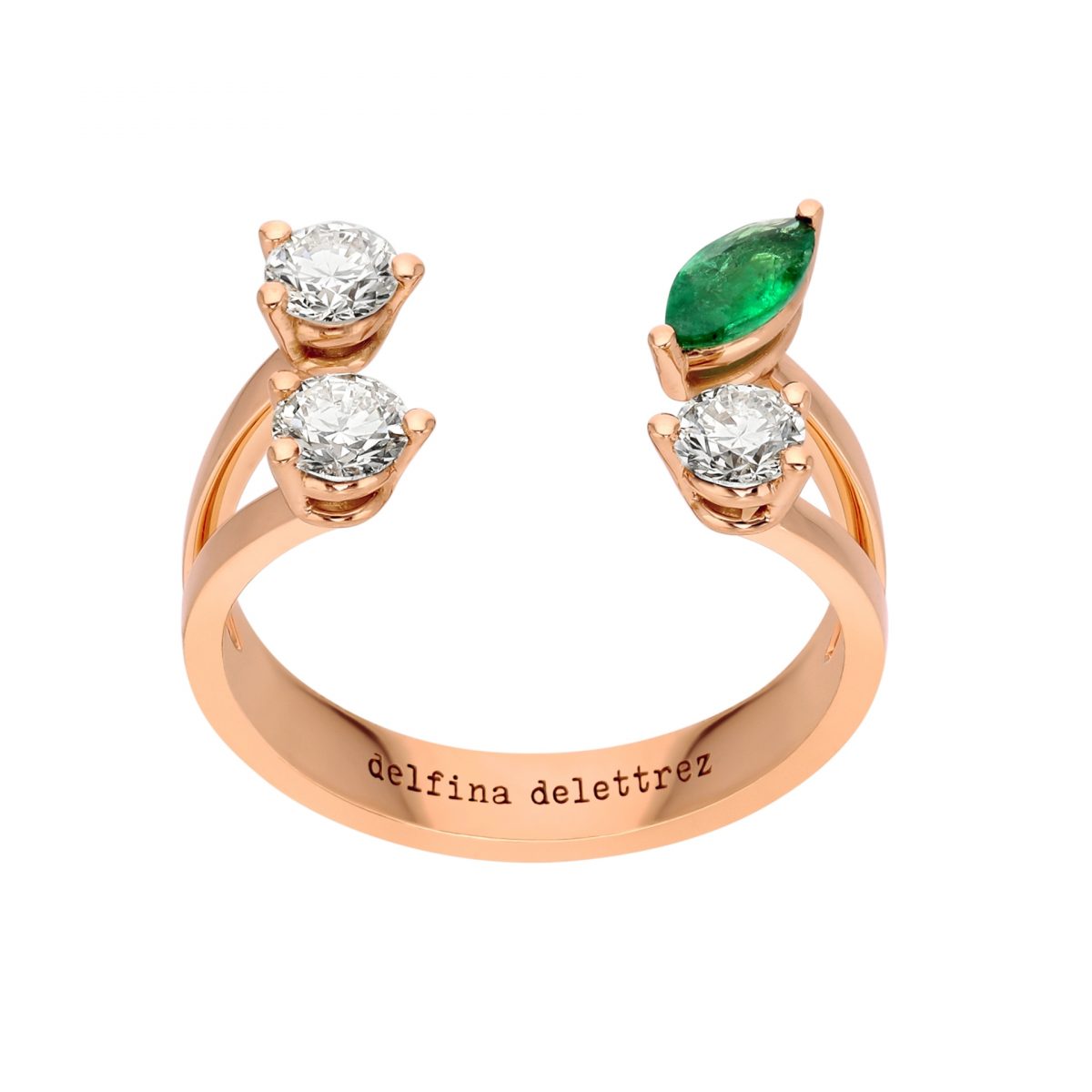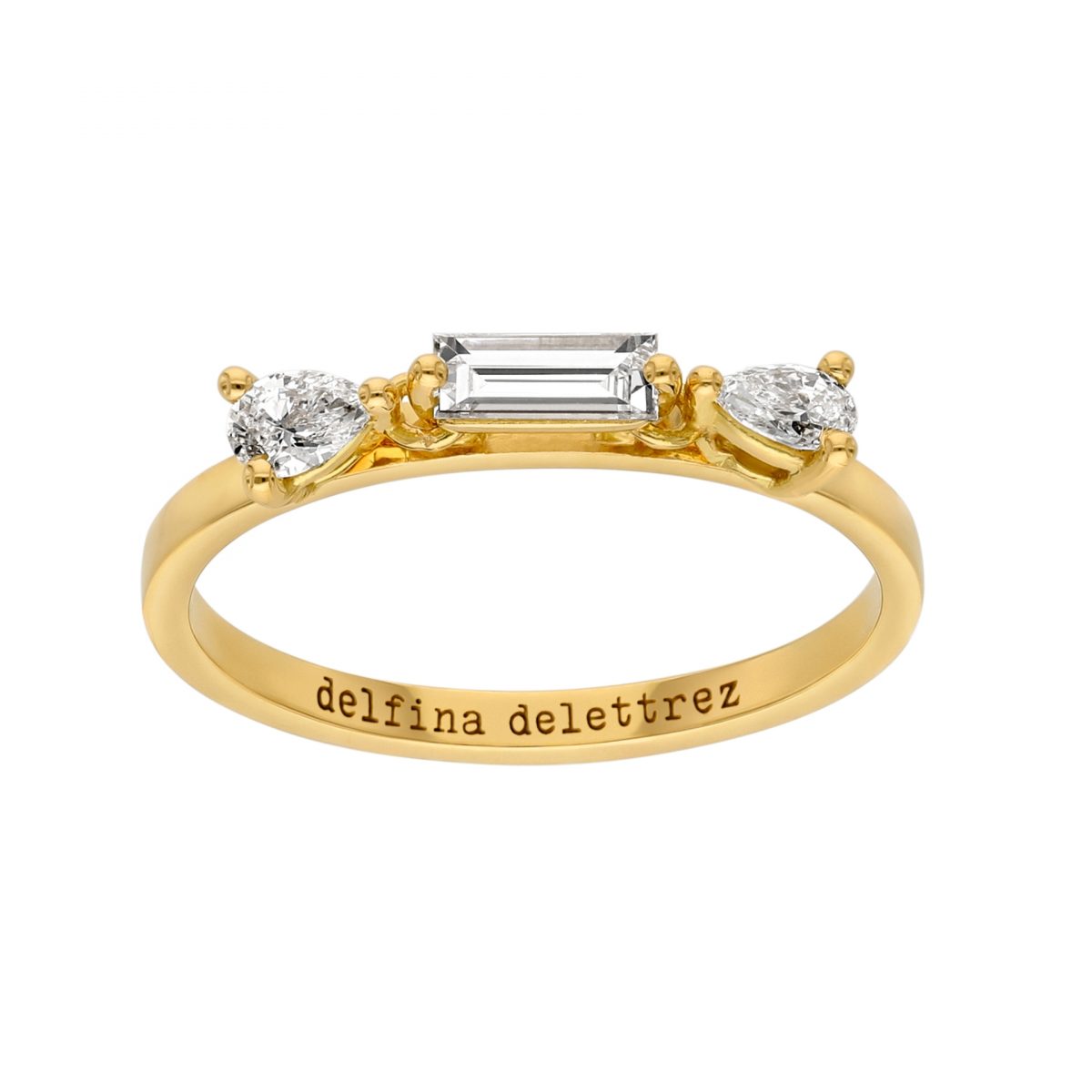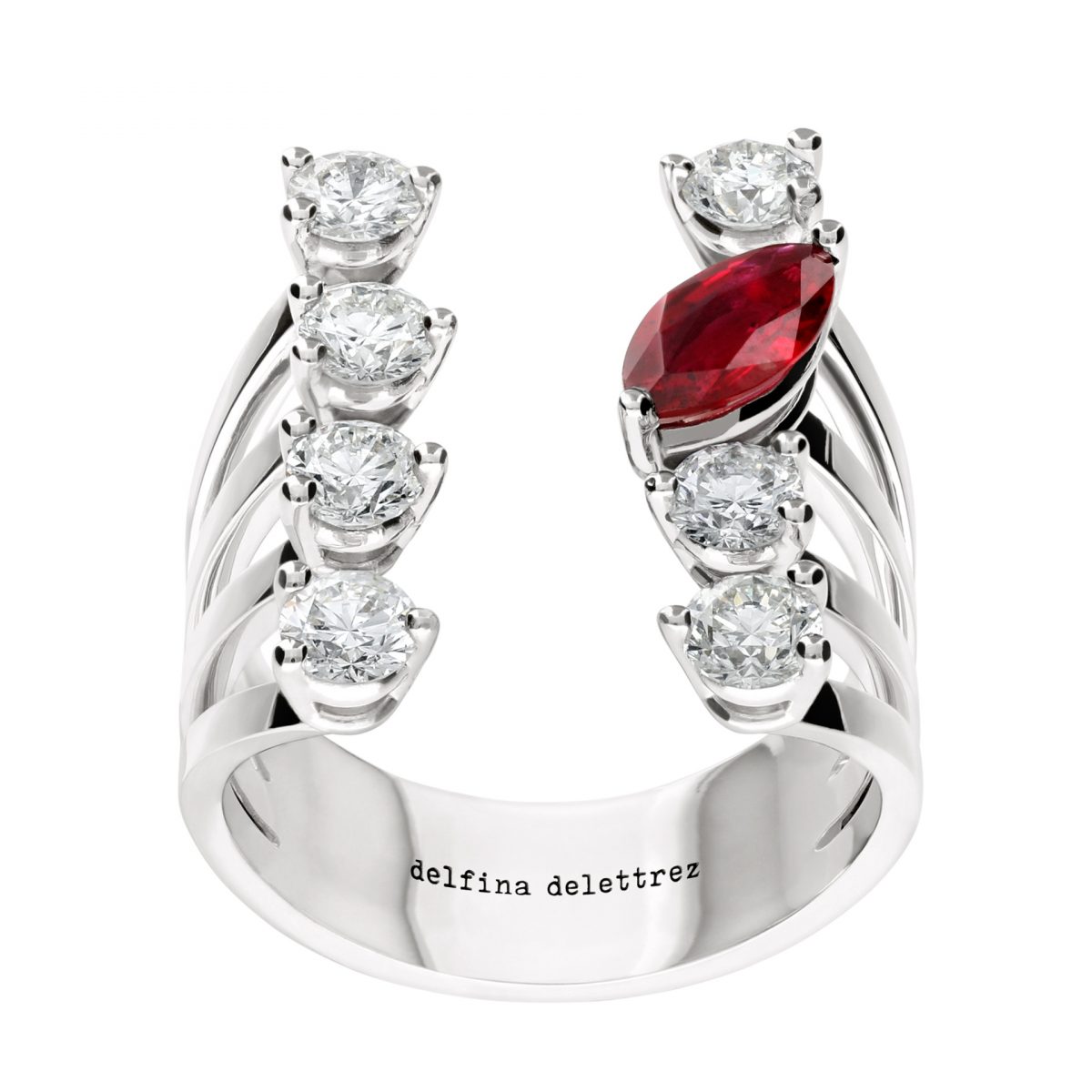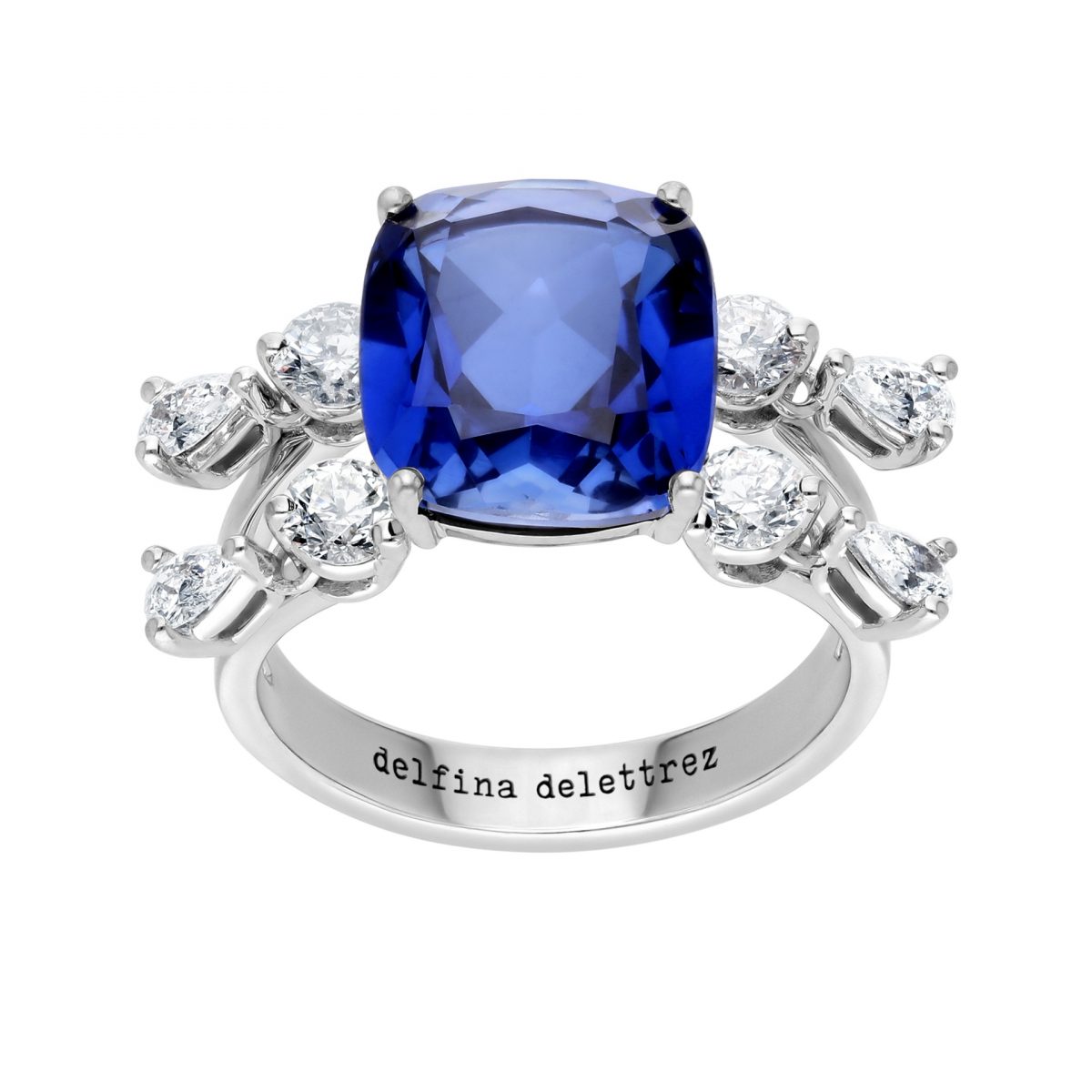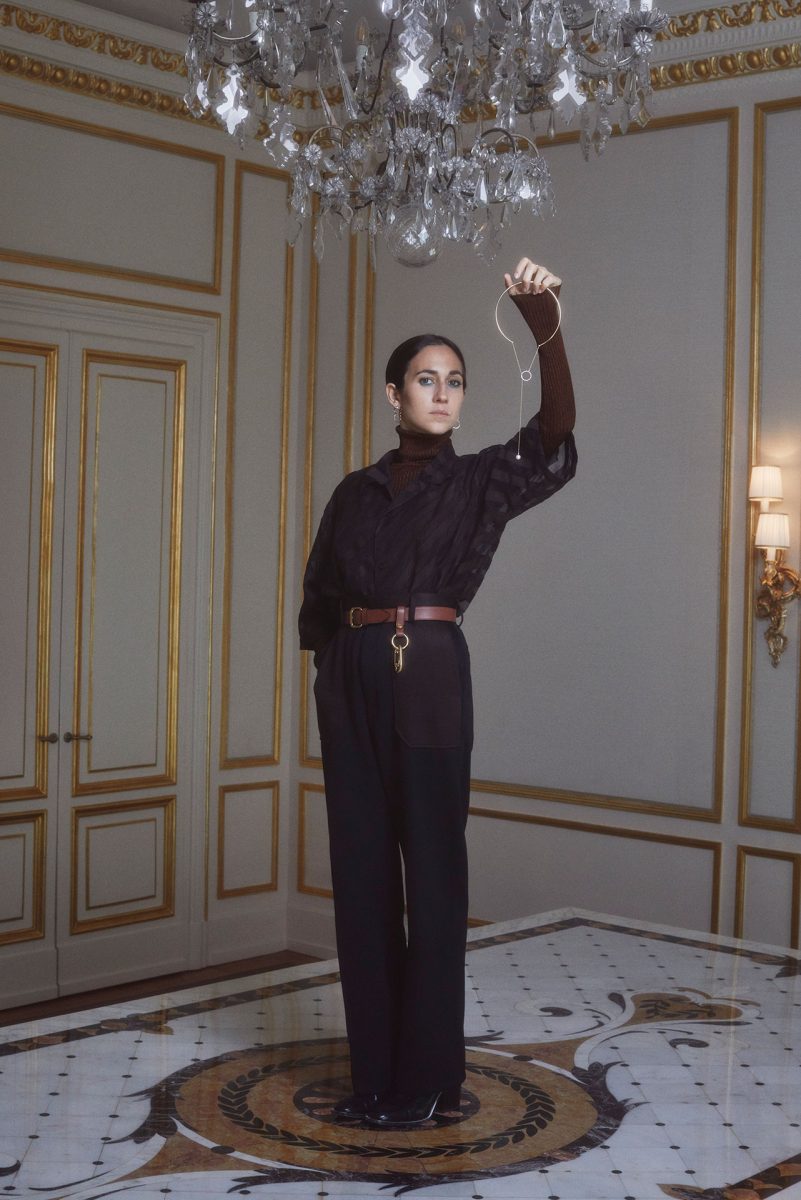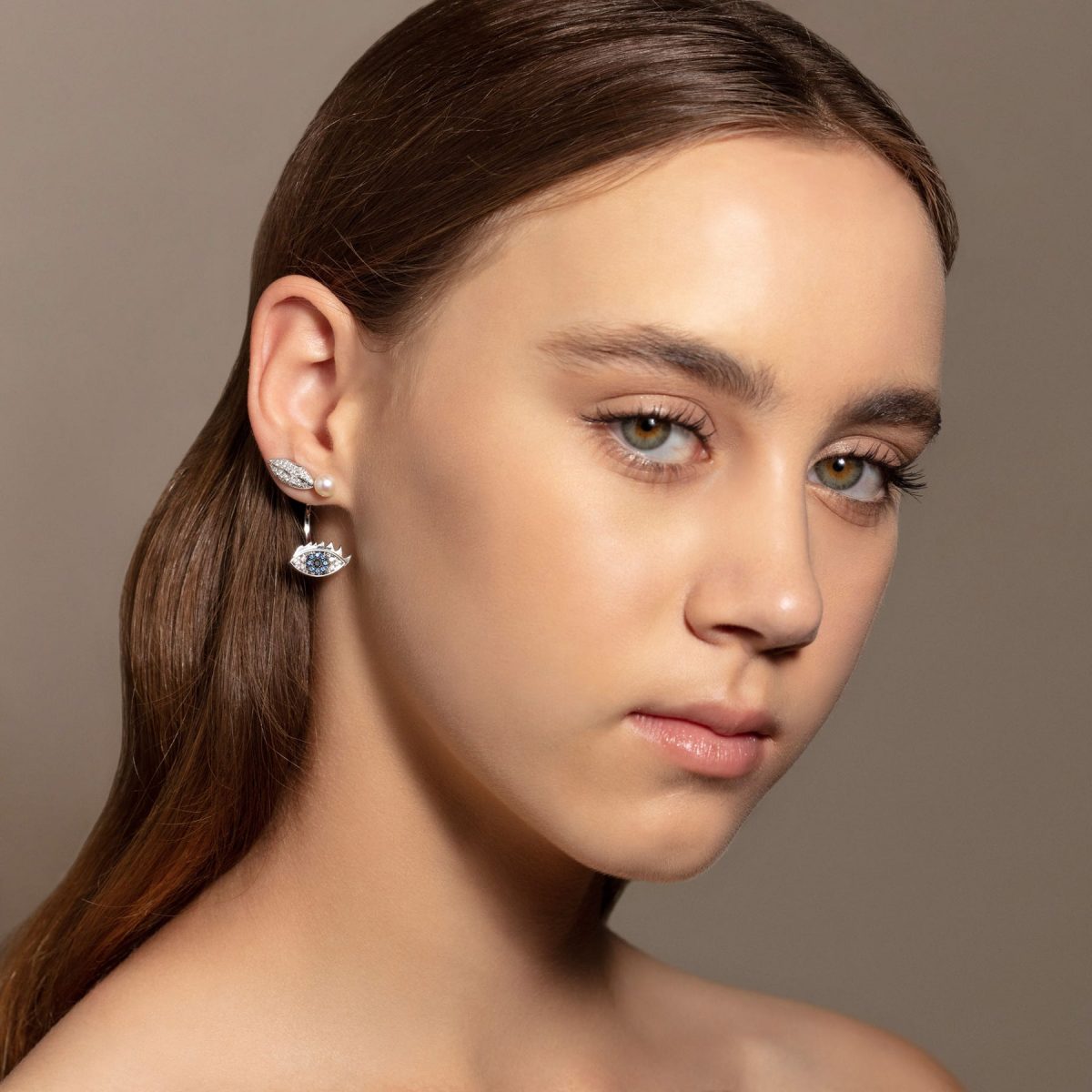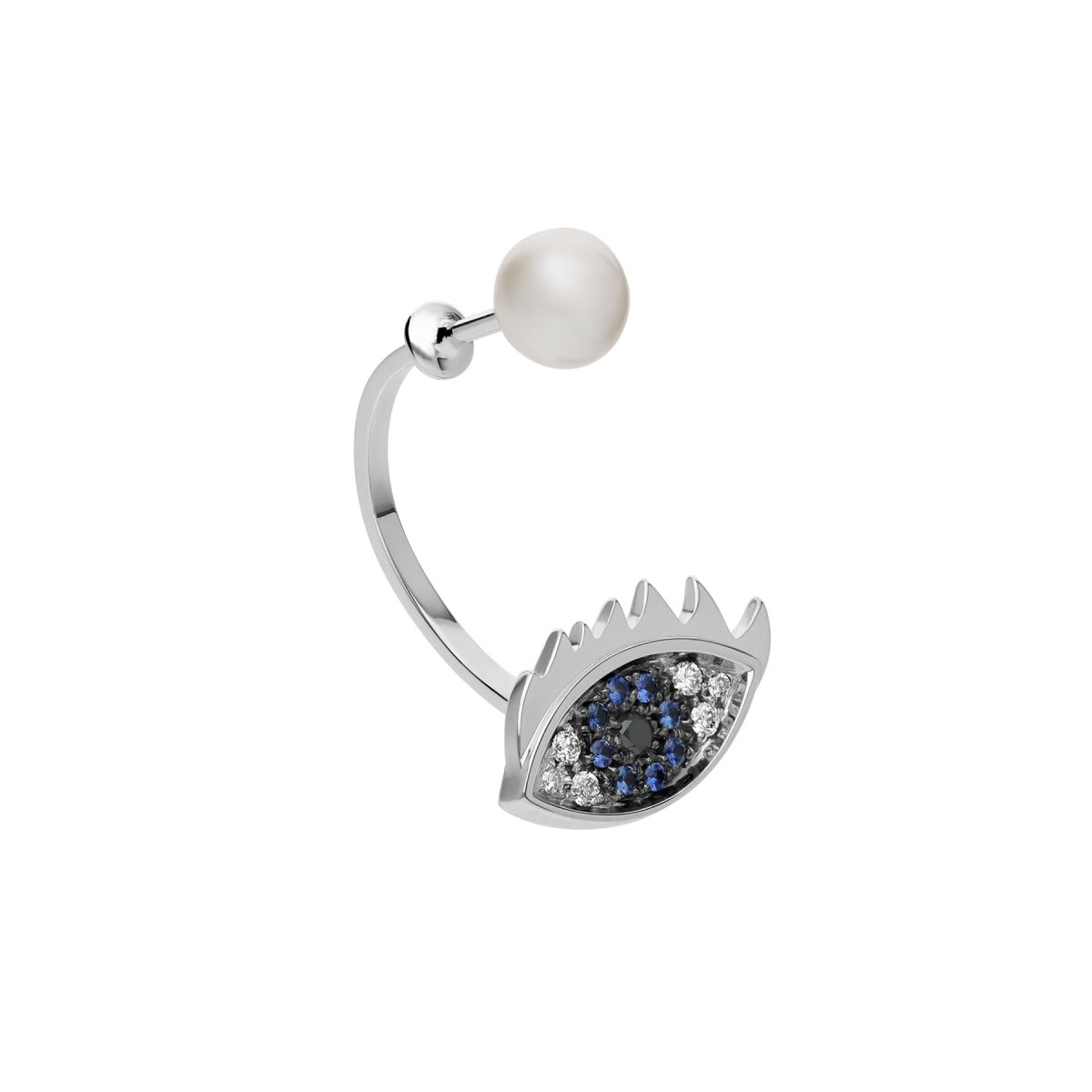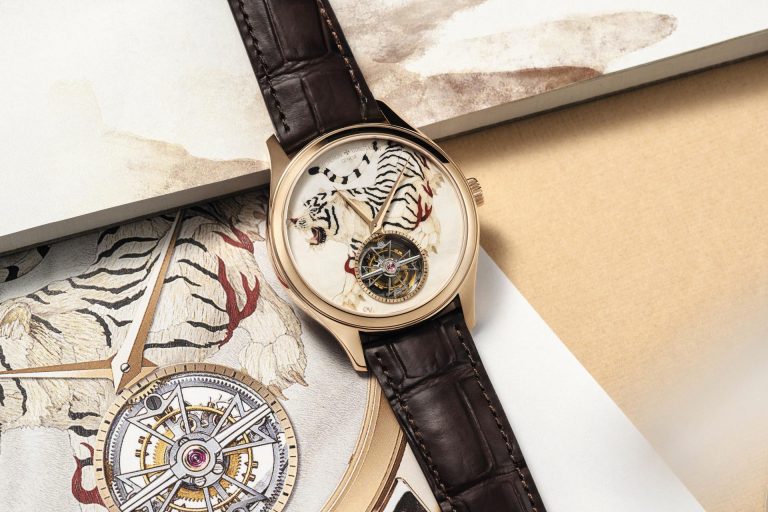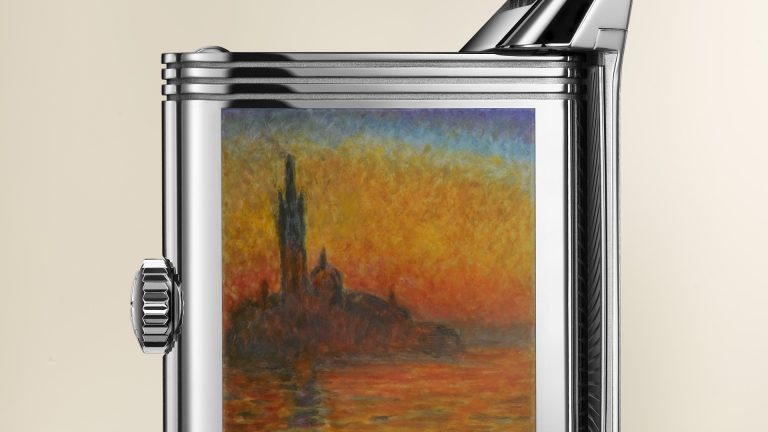Fendi heiress Delphine Delettre-Fendi started her business at a tender age, when her friends were squandering fortunes in nightclubs. And she proved so courageous that she challenged the most conservative fashion market – the jewelry market.
Delfina Delettre is 34 years old and has been in the jewelry business for the past 14 years. She has several stores of her own (including one in Piazza Navona in Rome), several collaborations with famous designers, her jewelry can be found in TSUM and in the Louvre museum halls. At the same time she has three children (and a husband, by the way, is absent). However, she is the star not so much of department stores as of concept stores – to wear Delphine jewelry, you have to be at least a little bit like Delphine herself. She is free, independent, unlike anyone else. Most importantly: despite the fact that her middle name is Fendi, Delphine does not work for her mother, but only and exclusively for herself.
Feminism in this family is a primordial phenomenon: the Fendi empire was founded by independent women, the five sisters Anna, Alda, Carla, Franca and Paola. There were men there, too, of course, but they played a secondary role: Karl Lagerfeld was considered the main man in the Fendi family history. It was he who brought the Fendi house out of the fur ghetto into the world of haute couture. By the way, “Uncle Karl” took 18-year-old Delphine Delettre to his internship at Chanel, where she learned not so much the basics of cutting and sewing, as of fashion marketing.
“I never wanted to ‘go with the flow,'” Delphine says. – When one of my great-aunt’s grandmothers would sit me on her lap to look at a sketchbook or fabric samples, the first thing I noticed was the wrong cut and wrong stitches. I preferred perfection to the beauty of human error.
Delfina’s birth mother, Silvia Venturini Fendi (she invented the famous Baguette bag), says that as a child she hid scissors to prevent her daughter from altering some expensive dress or skirt “to her own shape. Now, looking at the jewelry of Delphine Delettre – bracelets with skulls, rings in the form of open embrace of a skeleton – it is easy to believe it. By the way, mono earrings for piercing are a must for each of her collections – Delphine dreams that someday this jewelry will cease to be considered avant-garde and will finally become mainstream, they will be produced by Cartier, and Bvlgari.
The style of her jewelry was certainly influenced by her father, French jeweler Bernard Delettre. A professional gemologist and a charming adventurer, he first squandered his parents’ fortune, but then managed to rise and even became the owner of an emerald mine in Brazil. It was just at the time of this brief rise that he met Sylvia Fendi – Delphine was born a year later. The parents quickly separated, but peacefully: Delphine lived with her mother in Rome and her father in Rio. If you look at the collection of Bernard Delettre, it becomes clear how much his daughter has borrowed from him. But Delphine herself believes that, on the contrary, her father was “inspired” by her ideas.
Delphine repeated her mother’s scenario: at 19, she fell in love, got pregnant immediately, and immediately broke up with the future father of her child, 32-year-old Italian actor Claudio Santamaria. After finding out she was having a girl, Delphine came up with and made her first ring of her own in the form of hands holding a large ruby. “I thought I was creating an amulet that would protect me and my daughter and eventually pass to her.” But it turned out she was creating something more – her life’s work. “It really was a revelation.” Immediately after Emma was born, Delphina registered her trademark, Delfina Delletrez, hired a team of young jewelers “strictly under thirty” (“not yet steeped alive in tradition”) and began work on her first collection, which she called “Original Sin.” “I realized that there was nothing at all on the fine jewelry market for a young girl like me. I didn’t like the classic heavy bracelets and necklaces – they made me feel old. I also did not like the division into daytime and evening jewelry – I wanted to make jewelry that would be suitable for any time of the day, that I could throw in my purse and then wear it at a certain moment, for example at dinner. And I wanted a completely new design that no one else had before.
The first Dolphin collection (all the items were a single copy, were priced very inexpensively – she could not yet afford precious metals and stones) was displayed in the window of the Collette store in Paris. Orders came pouring in, and already two years later, in 2009, the Museum of Decorative Arts in Paris bought for its collection a ring “Kiss the Frog” (with a reptile figure in the crown) and a bracelet “Original Sin” (elegant snakes wrapped around the wrist in search of not one, but several “Adam’s Apples” – unexpectedly, pearls). Delphine, 22, became the youngest jeweler in history to receive such an honor.
Celebrity stylists began to hunt for her jewelry for their female clients. Rihanna, Kate Hudson, Beyonce, Alicia Vikander, Naomi Watts and Charlize Theron became Delettre’s customers (and later close friends). Nicole Kidman appeared in a Dolphin set on the cover of Time magazine, Tilda Swinton wore Dolphin jewelry in Luca Guadagnino’s I Am Love.
Delettre rings and bracelets are really quite different from those usually displayed in the windows of expensive jewelry stores. This is true both in design and materials. Skulls and bones, so beloved by Delphine, according to her, are an illustration of the dictum memento mori, but with an unexpected interpretation: remember death and do not hold on to things. The earring-cuff with the image of an eye is something like an autograph (Delphine can go out without makeup, wearing a simple shirt and jeans, but her eyes are always lined). The insects and reptiles that populate her jewelry’s “garden of paradise” are memories of her childhood collections of shells and dried bugs. “There was something beautiful about them, but at the same time…repulsive.” The famous fly ring came into Delphine’s collection after a party: “A neighbor at the table complimented me on my beautiful brooch. I was embarrassed because I definitely wasn’t wearing any brooch. I lowered my eyes and saw a live beetle on my lace dress. And Bubble collection is… an allusion to Delphine’s second pregnancy (two years ago she gave birth to twin boys by the Italian musician Nico Vascellari and walked around on that occasion with a huge belly).
But design is not everything. The boldness with which Delphine works with traditional materials is striking. “When I started out, I didn’t know the rules, so I created my own.” She set diamonds in silver, covered gold in enamel, used olive wood with sapphires and rubies, turned gemstones in their settings, showing them “from the inside out” (because “…the other, secret side is often more interesting than the outer, shiny side, just as inside we are stronger, and…all a bit punk”). Even the indispensable for any jeweler wedding collection Delphine does in her own way, instead of traditional rings offering bracelets and nose rings with inscriptions on the underside of Merry me.
“You should only start something of your own if you feel the drive.” Delphine has had that drive for 14 years. Her craftsmen work in Rome and in a small villa in Tuscany that Delettre bought especially for her business. They use in the rings and earrings micro mosaic reminiscent of Ravenna mosaic and the crumb of Carrara marble, a favorite of Michelangelo. Delphine jokingly calls her craftsmen and assistants “molecular chefs”: the jewelry they create is simple on the surface, hiding codes, quotations and references to tradition. “I’m very Italian, and all my jewelry is made only here,” she says.
Delphine loves collaborations and is willing to collaborate with the most unexpected designers and brands. First with the house of Kenzo, then with the producer of glasses Alain Mikli, then with the French glove house Causse and shoemaker Giuseppe Zanotti. And only lastly – with the “native” house of Fendi, whose traditions she absorbed with her mother’s milk. “It was great, but not easy. Great because who doesn’t want to work with Mum? It wasn’t easy because Fendi has always been a serious brand and what I do I like to call ‘toys for adults’.
For her first collection for the house of Fendi, Delphine Delettre-Fendi came up with a pair of clip-on earrings
“I have no definite artistic reference points. My only reference point is freedom, freedom and freedom again. And I want the things I do to evoke a whole range of feelings: to disorient, to make you smile, to push you towards a little inner revolution.
Photo courtesy of Delfina Delettrez Press Service
